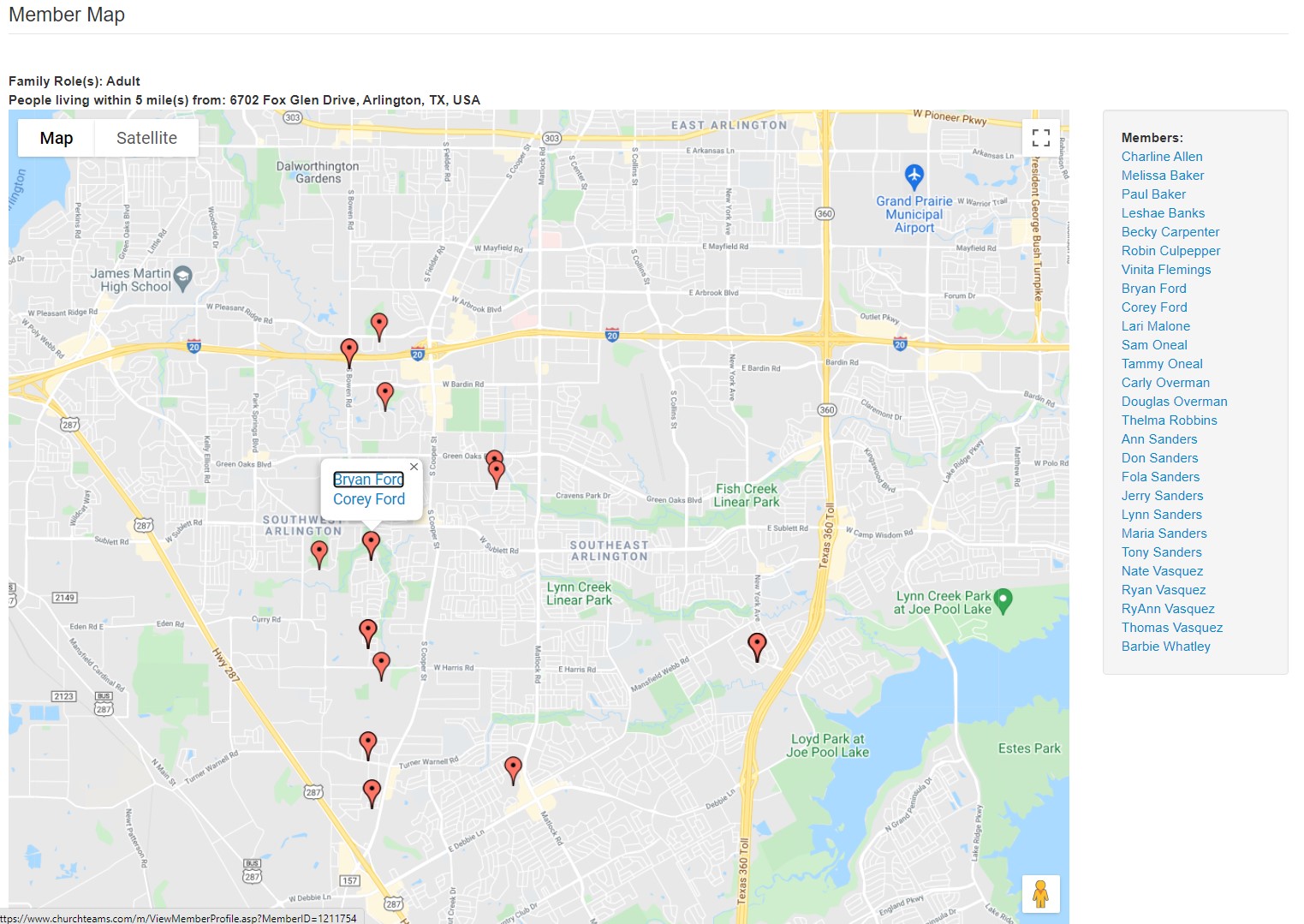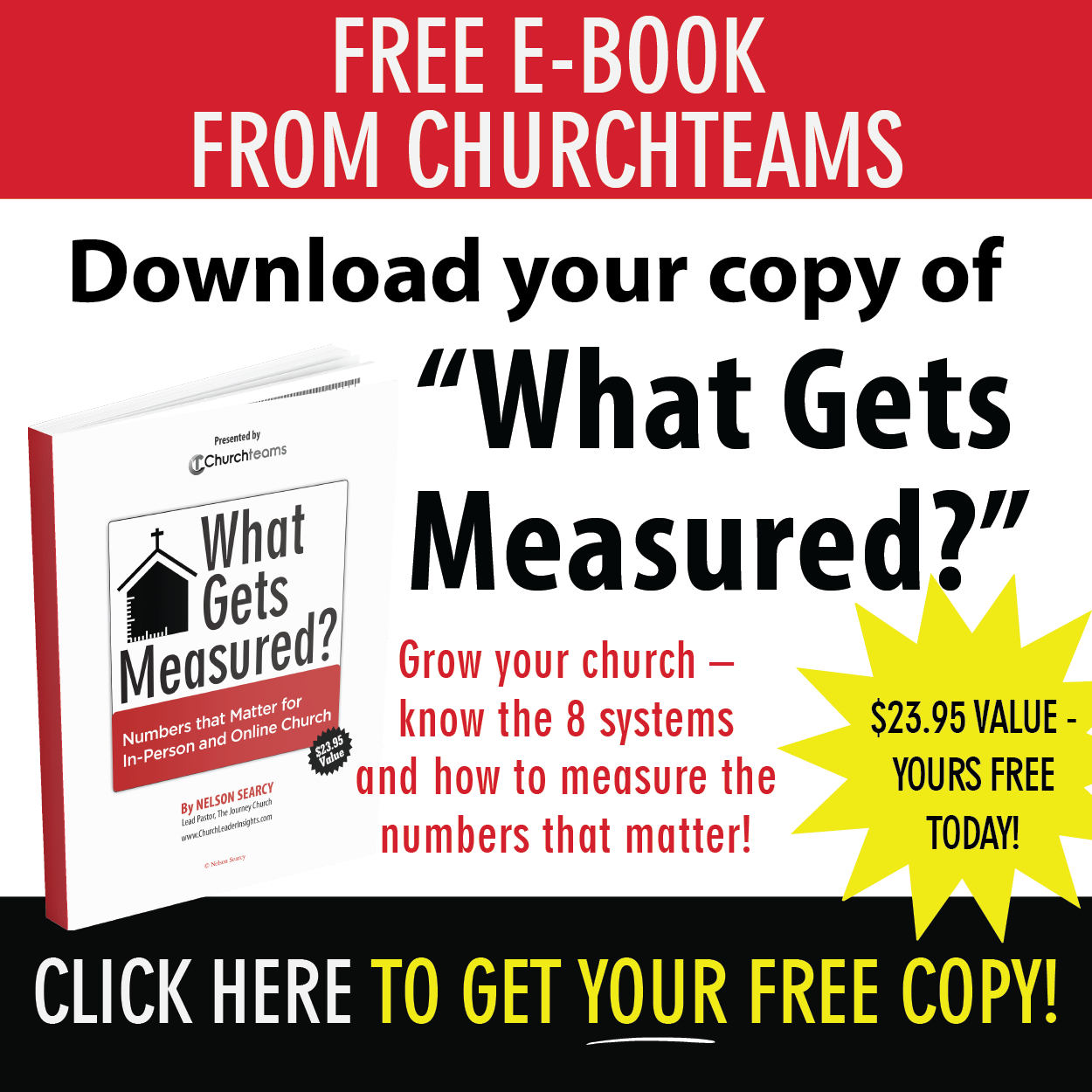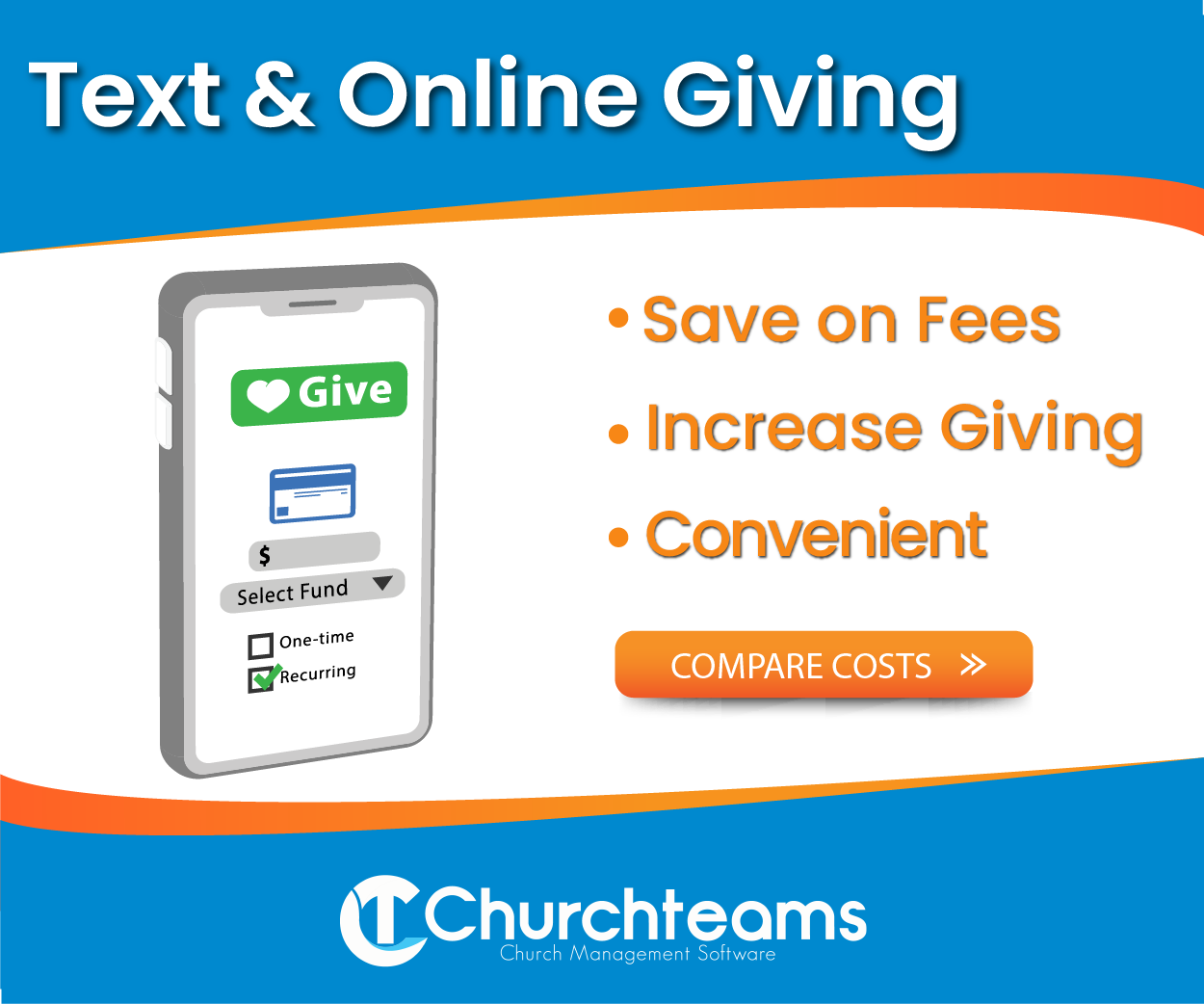 Last week in our Roundtable on Reports, we talked about different ways to use group reports. If you're interested in more, here's the podcast. It's Episode 13.
Last week in our Roundtable on Reports, we talked about different ways to use group reports. If you're interested in more, here's the podcast. It's Episode 13.
Typically, you probably think of group reports as enrollment rosters or group attendance. Of course, those are important because they help you see how well the ministry is doing. But, data can also be a life-saver for dealing with two challenges that every church faces during this season of the ministry year. Let's personalize those and see how group reports can come to the rescue.
How can I use data to establish groups?
If you have a roster of everyone in groups, you can use that to identify people who are not in groups. Use a combination of Report Types and Filters to identify people to put together in groups.
 I suggest starting with a map and then filter to all people not in group who are adults and members or regular attenders. The map even gives you the ability to pick an address and find people based on their distance from that address. You'll get something like this.
I suggest starting with a map and then filter to all people not in group who are adults and members or regular attenders. The map even gives you the ability to pick an address and find people based on their distance from that address. You'll get something like this.

A list of everyone is provided on the right. Click on either a name or a pin to find a specific person.
If you like the possibility of this group of people becoming a group, then create a group and run the "Add People to Group" report (Reports > Members) to add these same people to the group. If you don't like this list or map, then expand or decrease the number of filters until you find the results you're looking for.
Now you have a potential group from which you can recruit a host or leader. Then, send invitations to an initial meet and greet and launch the new group from there.
How can I use the data to recruit volunteers?
There are two important qualities inherent in finding the right people to serve in the right places: faithfulness and availability.
Here are some data points that you can use to determine faithfulness. You will likely have others, but these will get you going.
- Giving consistency. You don't need to know the amounts, just use financial filters to identify people / families who give regularly.
- Regular attendance in small groups. Use attendance data to help with this.
- Ministry interest. Capture responses to this member attribute whenever you can. If they expressed an interest, the chances are they will be faithful
I recommend using the Member Listing report to identify people based on your choice of the above data filters. For the output of the report include not only contact information (mobile and email), but also their "Current group membership". Then, when you see the list, you can also see their current involvement which is an indicator of their availability.
For a larger database, you might add a Group Filter to find people who are not in any of the serving / ministry groups that you are recruiting for.
Once the report is run and you have reviewed it, you can print the report to work from. But a more effective approach is to go back and use the Member Report type to add these same people to a new, "working" group.
Use this group as a dashboard to track your calls, texts and emails with these potential volunteers using the Notes feature. This will help you not only remember your conversations, but you can also schedule and/or assign follow-up conversations.
Once someone accepts or declines the opportunity to volunteer, either move them to the team they are volunteering with or remove them from the group all together. You can always add people back into the group based on personal interactions or any future reports.
So, here's my final question. How are you doing as a church establishing groups and recruiting volunteers?
If this isn't your area of ministry, share this email with whomever comes to mind. If you are, here's help. Grab on.



